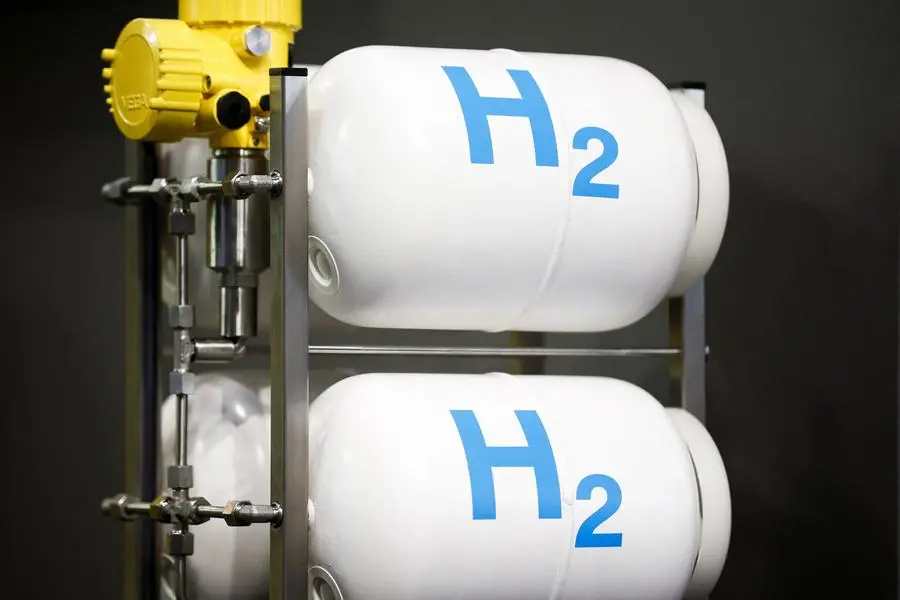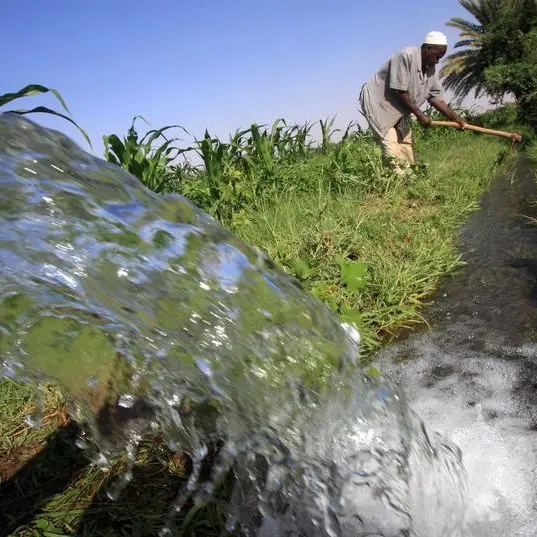PHOTO
LONDON - Global hydroelectric generation slumped to a five-year low last year as a result of lower-than-average rainfall across China, North America and India, contributing to record fossil fuel combustion and emissions in 2023.
Global hydro generation amounted to 4,240 billion kilowatt-hours (kWh) in 2023 down from a record 4,359 billion kWh in 2020, according to the Statistical Review of World Energy published by the UK Energy Institute.
The slump over the last three years has been the largest on record, forcing the world's biggest producers to revert to coal and gas-fired power plants to replace lost generation, amplifying the upward trend in fossil fuel burning.
But hydro is set to rebound this year thanks to higher rainfall and snow melt in key areas, which will combine with rapid deployment of wind and solar power to curb growth in fossil fuel use in 2024.
Chartbook: Global hydroelectric generation
Global hydro generation is highly concentrated, with two-thirds occurring in just seven countries - China (30%), Brazil (9%), Canada (9%), the United States (6%), Russia (5%), India (4%) and Norway (3%).
China's generation fell by a massive 96 billion kWh in 2023 compared with three years earlier, accounting for 80% of the generation lost worldwide, according to the Statistical Review.
Prolonged drought across south and central China cut water volumes down the Yangtze and other river systems, slashing power output even though the country brought new hydro dams and turbines into service.
But there were also sharp downturns compared with three years earlier in the United States (-46 billion kWh), Canada (-22 billion kWh), India (-15 billion kWh) and Russia (-15 billion kWh).
In the United States, hydro output fell to the lowest for 22 years, mostly as a result of an extended drought across the western part of the country, according to data from the U.S. Energy Information Administration.
HYDRO REBOUND
The outlook for hydro generators is looking more promising this year, with heavier rain and snowfall in most key producing areas, likely to drive a record one-year increase in output.
China's generation had already climbed by 57 billion kWh (16%) in the first five months of 2024 compared with 2023, according to data from the National Bureau of Statistics.
Since then, southern and central regions have been inundated with heavier than normal monsoon rains, triggering multiple flood alerts on the Yangtze and other river systems.
With most of the main flood season still ahead in July and August, China's generation is on course to set new records as heavy river flows enable the country to make full use of newly installed turbines.
By May 2024, China had installed 423 million kilowatts (kW) of generating capacity, up from 370 million kW when generation last peaked in 2020, so there is potential to increase output significant if river volumes are high enough.
In Brazil, hydro has already set a new record of 206 billion kWh in the first five months of the year, surpassing the previous high of 199 billion kWh.
Reservoirs connected to the main Southeast and Midwest electricity transmission system, which account for most of the country's hydro potential, were storing enough water to generate 101 billion kWh at the end of June.
Storage was down from 129 billion kWh at this point last year but was otherwise the highest since 2012, according to data from the country's transmission operator.
U.S. hydro generation has also started to recover from last year's low, with the government forecasting it will be 6% higher in 2024.
In China the main substitute for hydro is coal, while in Brazil and the United States it is gas, so the rebound in hydro is likely to trim fossil fuel combustion and emissions.
If the hydro rebound is sufficiently large, and accompanied by continued rapid deployment of wind and solar farms, both of which seem likely, it could be enough to create a peak in coal burning and fossil fuel emissions, at least temporarily.
John Kemp is a Reuters market analyst. The views expressed are his own. Follow his commentary on X https://twitter.com/JKempEnergy
(Editing by David Evans)























